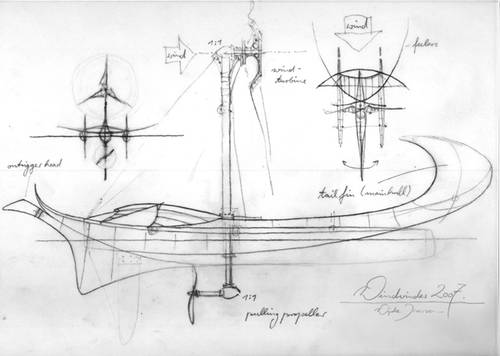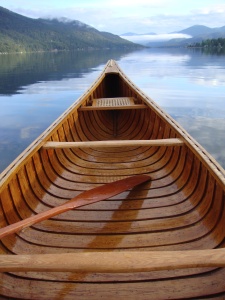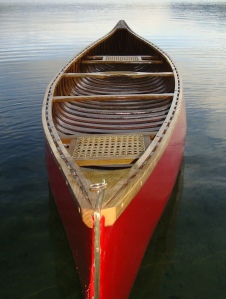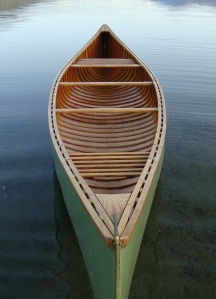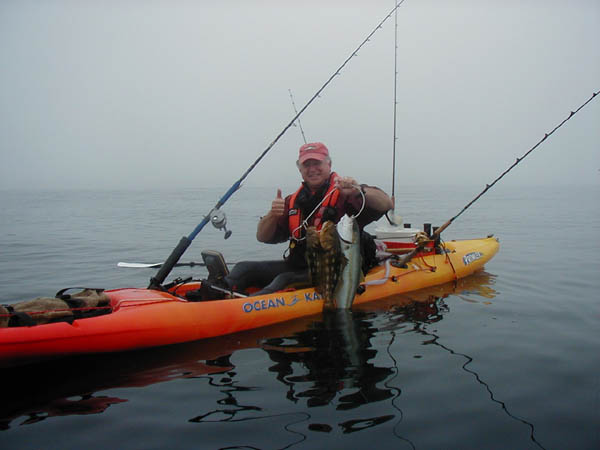Thursday, 19th August 2010
Difficult Weather Conditions but Good Racing Action in the 1000m at the
2010 ICF Canoe Sprint World Championships in Poznan, Poland
After a superb Opening Ceremony, athletes woke up to strong and gusting winds
creating difficult racing conditions for all the compcompetitors in the 1000m heats and
semis on Day One of the World Championships.
Morning Heats
There were no surprises from the morning’s heats but two classes gave much interest.
The Men's C2 1000m welcomed the new exciting Russian pairing of Alexey
Korovaskin and Ilya Pervuhkin. They won their heat in style to progress directly to
the final, though the honour of the fastest qualifying time went to the Azerbaijan crew
of Sergey Bezugliy and Maksim Prokopenko. In the Men's K4 class, the French got
their World Championship campaign off to the best of starts with a good win, making
the final directly. Belarus and Germany joined them there, each looking strong.
Semi-Finals delivered some surprises
The afternoon semi-finals threw up a few surprises. Perhaps the biggest of the day
came in the third of four semi-finals in the Men's K1. Adam Van Koeverden (CAN)
and Ben Fouhy (NZL) were pushed into the B final by Maximillian Benassi (ITA),
Tim Brabants (GBR) and Marko Tomicevic (SRB) who all finished ahead of the two
Olympic medal winners. Van Koeverden seemed to get off to a bad start, he recovered
and looked comfortable in the mid part of the race, but faded just before the finish.
Meanwhile, Max Hoff retained his winning streak and was the fastest qualifier for the
final. He will be alert to the strong threat from Aleh Yurenia (BLR) the young
pretender to his crown who has continued to impress throughout the 2010 season. The
comment regarding the racing difficulties were summed up by Barry Watkins of
Ireland (who finished third behind Max Hoff) while waiting to see if he was a fastest
qualifier:
“It was little bit wavy, hard to control the boat and I’ve just finished 3rd I’m just going
to wait and see if I can get to the final. That’s the plan. It's hard to race in this weather
but it's the conditions and you better get used to it.”
In the women’s classes, the highly fancied Katalin Kovacs (HUN) dominated her
semi-final here today as did Sofia Paldanius (SWE). Paldanius reflected after the race:
“I felt very good in the beginning then in the end the conditions were so hard but it
was under control.” Franziska Weber (GER) and Rachel Cawthorn (GBR) will join
her in the final and these three will be the medal favourites.
In the Men’s C1 there was a better performance from Olympic champion Attila Vajda
(HUN) who has not performed this year to his normally high standards. Weiyong
Xie’s (CHN) win in the second semi-final showed yet again that the Chinese have a
great habit of producing talented canoe athletes. Cuba produced some good results
raising their world profile having achieved a final place in both C1 and C2. The one
surprise of this class was that Mathieu Goubel (FRA), who has been consistently
medalling in the World Cups this year, lost out in the fight for a final spot to Polish
favourite, Tomasz Kaczor (POL).
In the Men’s K2 Hollstein and Ilhe (GER) are on track to win another K2 1000m
gold. They looked very comfortable on the water today. The day’s action concluded
with the K4 semi finals – so who will join Germany, France and Belarus in the final
race for gold? In the first semi-final Great Britain was squeezed out of the top three
by Romania, Italy and Poland. The European silver medallists, Hungary, suffered the
same fate in the second semi-final with Russia, Australia and Czech Republic beating
them to the line. There is no doubt, come Saturday morning and finals day, this one
will be a ‘classic’.
Paracanoeing Suspended
Paracanoeing racing got underway in front of an enthusiastic crowd late in the day.
All was going well with some good performances with the crowd cheering on the
winners. However, increased wind and incremental weather meant Paracanoeing had
to be suspended until tomorrow due to safety reasons.
Keep up to date here with the results and watch the live webcast at
www.canoeicf.com.
 Kayaks are so easily driven that the urge to equip them for sailing must be as old as kayaks themselves. The original CLC SailRig, from 1995, has been built in vast numbers. There hasn't been a SailRig kit for years. When we noticed recently that it is the second best selling plan set (after the Chesapeake 17), we decided to study how to make the kit easy and affordable to build.
Kayaks are so easily driven that the urge to equip them for sailing must be as old as kayaks themselves. The original CLC SailRig, from 1995, has been built in vast numbers. There hasn't been a SailRig kit for years. When we noticed recently that it is the second best selling plan set (after the Chesapeake 17), we decided to study how to make the kit easy and affordable to build. 





